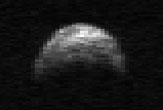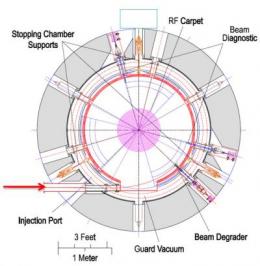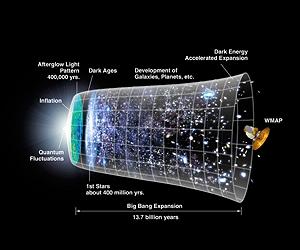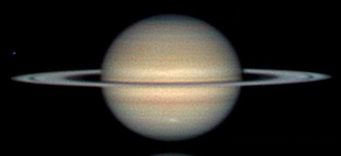
© Space.com
An asteroid on the list of potentially dangerous space rocks that could endanger the Earth was caught on camera as it zoomed past our planet this month, and found to be larger than astronomers originally thought.
The asteroid buzzed the Earth on April 19 and came within 1.5 million miles (2.4 million km) of the planet. That's about six times the distance between Earth and the moon.
Astronomers used the planetary radar system on the famed Arecibo radio telescope in Arecibo, Puerto Rico to spot the asteroid, called
2005 YU55, over four days starting on April 19. The photo revealed the asteroid as a half-lit space rock flying through the solar system.
"This object is on the list of 'potentially hazardous asteroids' maintained by the Minor Planet Center, of the Harvard-Smithsonian Center for Astrophysics, Cambridge, Mass.," Arecibo astronomers said in a statement. [
More asteroid photos.]
The astronomers found that the asteroid is about 1,300 feet (400 meters) in size - about a quarter-mile (400 meters) long and twice as big as originally thought. The Arecibo telescope's planetary radar system resolved features on the asteroid down to about 25 feet (7.5 meters).


